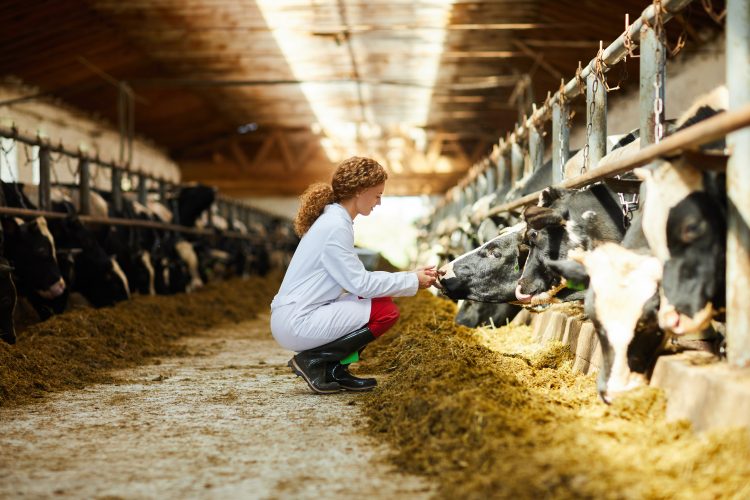US food system at risk due to rural veterinary shortages
- Like
- Digg
- Del
- Tumblr
- VKontakte
- Buffer
- Love This
- Odnoklassniki
- Meneame
- Blogger
- Amazon
- Yahoo Mail
- Gmail
- AOL
- Newsvine
- HackerNews
- Evernote
- MySpace
- Mail.ru
- Viadeo
- Line
- Comments
- Yummly
- SMS
- Viber
- Telegram
- Subscribe
- Skype
- Facebook Messenger
- Kakao
- LiveJournal
- Yammer
- Edgar
- Fintel
- Mix
- Instapaper
- Copy Link
Posted: 7 December 2022 | Grace Galler | No comments yet
A report has claimed that the US is facing an “alarming shortfall” of veterinarians to treat livestock and poultry in rural areas.


According to a report, public health, food safety and economic growth for communities that depend on agriculture are all factors at risk in the US.
The report (commissioned by Farm Journal Foundation), has said that this is due to an “alarming shortfall” of veterinarians to treat livestock and poultry in rural areas.
Looking at the investigative findings, the report claims that more than 500 counties across the US do not have enough food animal veterinarians.
What’s more, it has said that only 3-4 percent of new veterinary school graduates pursue livestock or other food-animal practice areas. This has been defined as a “stark decline” from 40 years ago when about 40 percent of graduates specialised in this area.
Commenting on the study findings, author of the report Dr Clinton Neill from Cornell University, said: “The decline in food animal veterinarians in rural areas heightens concerns for a number of risks, including food safety threats, animal disease outbreaks, the potential passing of animal diseases to human populations, and decreasing rural economic growth.”
“In essence, veterinarians protect the whole of the human and animal population, so it is critical that we have a strong pipeline of practitioners to work in rural areas.”
Why are there shortages?
Although Petpedia estimates that around 3,000 students complete their education from colleges of veterinary medicine in the US every year, not all of these graduates choose to pursue a career directly relating to their degree.
The report has suggested that shortages stem from several factors, including high levels of education debt that have outpaced potential earnings, especially in the rural US. This, in turn, encourages more veterinarians to pursue companion animal practices and work in urban and suburban areas where incomes are often higher, the researchers claim.
What does this mean for the food industry?
Without sufficient food animal veterinarians (and access to the services they provide) the report alleges that 3.7 million livestock jobs are at stake.
Trade associations plead for more vets to save UK food trade after Brexit
While US government agencies employ veterinarians there may be concerns surrounding levels of debt compared to potential income which could act as a barrier for new graduates as they consider entering the field.
Finding a solution
Calling on the US Government to make changes, the report highlights a number of solutions that could be made to improve the long-term sustainability of the rural veterinary workforce.
These solutions include strengthening existing debt repayment programs for graduates including expanding funding for the Veterinary Medicine Loan Repayment Program (VMLRP) and altering its application criteria to enable more veterinarians to participate.
Additionally, the report suggests that programmes that offer business support could be expanded. It has specified that this would involve increasing the funding and scope of the Veterinary Services Grant Program (VSGP) and establishing low-interest business loans for food animal private practices.
Finally, the report advises that US Government should provide funding and establish programmes that “support a strong pipeline of veterinary students”. It has suggested that these measures could include support for schools to enhance training opportunities and recruit more students from rural backgrounds, as well as targeting students in post-secondary education to increase retention.
Related topics
Food Security, Research & development, Supply chain, Trade & Economy








